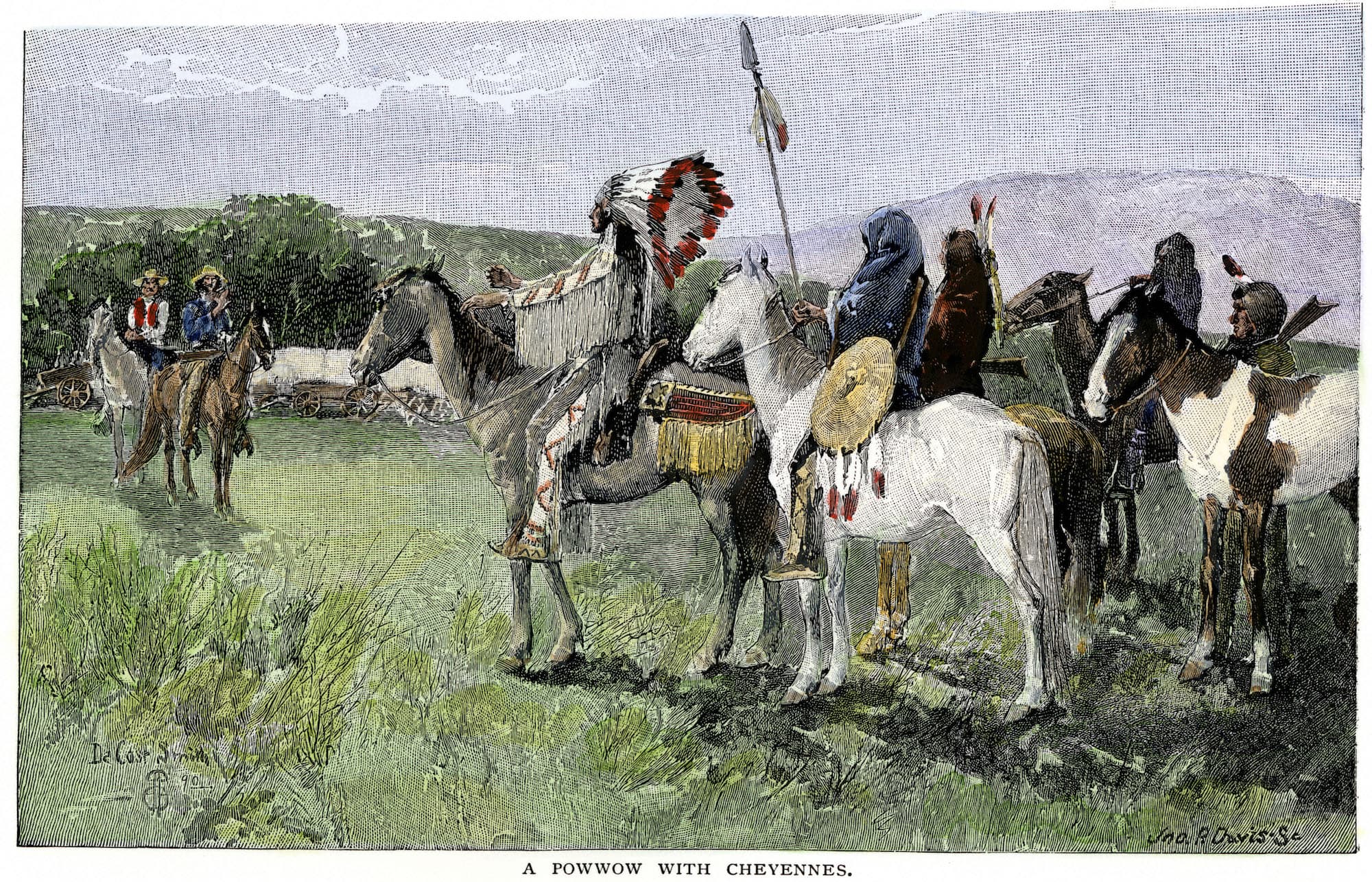Historical Narratives of Native American-Settler Conflicts: A Complex Past

A recent social media post by user "wanye" has ignited discussion regarding the historical interactions between Native American nations and European settlers in North America. The tweet presented a simplified view, stating, > "I think if you polled college educated people only about this question you’d come away realizing that they more or less think the Indians were a coherent, peaceful monolith and we killed them for just, like, no reason. The truth is much closer to, 'every time we tried to set up an outpost, bands of Indian raiders killed everybody, so of course we had to do something about it.'" This statement overlooks the intricate and often violent history of colonization and resistance.
Prior to European contact, North America was home to diverse and distinct Native American nations, each with unique cultures, languages, and societal structures. Initial interactions with Europeans varied, ranging from cooperation and trade to immediate conflict, often influenced by the Europeans' intentions and the Indigenous communities' responses to land seizure and settlement. European diseases, such as smallpox, decimated Native American populations, significantly weakening their ability to resist colonial expansion.
Conflicts, often referred to as the "American Indian Wars," spanned from the 17th to the late 19th century, driven primarily by the desire of European settlers and governments for Indigenous lands. Treaties were frequently made, but the U.S. federal government often broke these agreements, leading to further displacement and violence. The Indian Removal Act of 1830, for instance, led to the forced relocation of many eastern tribes, exemplified by the Cherokee's Trail of Tears.
The notion of "bands of Indian raiders" reflects a colonial perspective that often framed Indigenous resistance as unprovoked aggression. Historically, many Native American actions were in defense of their ancestral lands, resources, and sovereignty against encroaching settlements and broken promises. Events like King Philip's War, Pontiac's War, and the numerous conflicts in the American West, such as the Great Sioux War, illustrate sustained Indigenous efforts to protect their way of life.
Scholarly perspectives on these conflicts are complex, with some historians characterizing parts of this history, including the mass casualties from disease, warfare, and forced removals, as genocidal. The 1894 U.S. Census Bureau estimated that between 1789 and 1891, approximately 45,000 Native Americans and 28,500 whites died in over 40 conflicts, though the actual number of Indigenous deaths is likely much higher. This historical period is marked by profound loss of life, culture, and land for Native American peoples, underscoring a narrative far more nuanced than simple, unprovoked raids or peaceful coexistence.